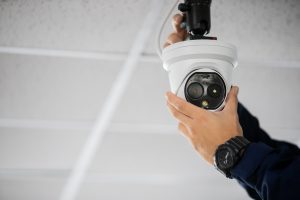There are so many types of TV aerial cables on the market, it can be hard to know which one you need for your home set-up. Do you need a male-to-male or a female-to-male cable? Coaxial or twisted pair? And what is an F-connector? If you’re scratching your head in confusion, don’t worry. In this blog post, we’ll demystify the different types of TV aerial cables and help you figure out which one you need for your home.
Different Types of Aerial Cables
Coaxial Cable
Coaxial cable is the most common type of TV aerial cable. It’s made up of two parts – an inner conductor (usually made of copper) surrounded by an insulating layer. The two parts are then wrapped in another layer (usually made of aluminium foil), and finally covered with a protective layer (usually PVC).
This type of cable is great for long runs, as it minimises signal loss. It’s also relatively cheap and easy to find from a range of different tv aerial suppliers and installers.
Twisted Pair Cable
Twisted pair cable is made up of two insulated copper wires that are twisted around each other. This type of cable is better than coaxial cable at preventing signal interference, making it ideal for use in areas with high EMF (electromagnetic field) radiation, such as near power lines or electrical appliances.
It’s also more flexible than coaxial cable, making it easier to route through tight spaces. However, it’s more expensive than coaxial cable and can be harder to find.
HDMI Cable
HDMI (High Definition Multimedia Interface) cables are used to connect devices that support HDMI, such as Blu-ray players and video game consoles, to TVs and monitors. HDMI cables can carry both audio and video signals, and they provide the best picture quality available.
However, they are more expensive than other types of TV aerial cables, and they can be harder to find.
Conclusion
So there you have it – a quick overview of the different types of TV aerial cables on the market today. We hope this has helped you figure out which type of cable you need for your home set-up. If you’re still unsure, or if you need help installing your new aerial cable, don’t hesitate to give us a call – we’re always happy to help!





